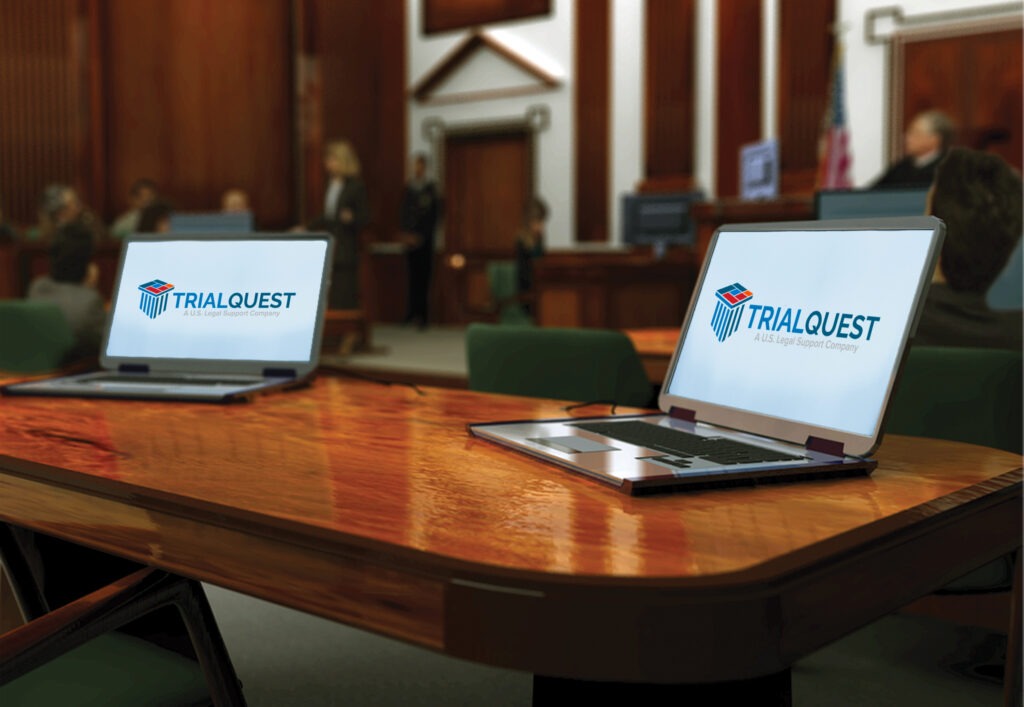Deliver clarity and impact with expertly designed trial presentations tailored to your needs.
Just How Test Presentations Enhance Your Argument and Persuade Jurors
Trial discussions serve as a crucial system for boosting legal arguments and convincing jurors. The strategic usage of visuals not only clears up complex info but likewise captures jurors' interest more efficiently than words alone.

Relevance of Aesthetic Aids
Visual aids play a crucial duty in improving the efficiency of trial discussions, as they can substantially enhance audience interaction and retention of information. In the context of a test, where jurors are charged with processing facility info, aesthetic help serve to simplify and make clear bottom lines. Charts, charts, and pictures can communicate information and principles that might otherwise overwhelm or perplex jurors, permitting for an extra uncomplicated understanding of the evidence presented.
Additionally, visual aids help in keeping juror interest throughout the procedures. By damaging the monotony of spoken statement, these tools can stress critical debates, making them a lot more unforgettable. Effective aesthetic aids can additionally stimulate psychological actions, which can be essential in persuading jurors to straighten with the speaker's story.

Crafting Compelling Stories
An engaging narrative is important in test presentations, as it functions as the foundation of efficient persuasion. It allows attorneys to weave with each other truths, proof, and emotional elements into a coherent story that reverberates with jurors. This narrative structure makes it possible for jurors to understand the intricacies of the instance while directing them via the lawyer's argument.
To craft an engaging story, attorneys need to concentrate on clearness and comprehensibility. This entails establishing a clear protagonist-- usually the client-- and describing their trip via the occasions in question. Presenting the truths in a sensible series enhances understanding and keeps engagement. In addition, using vibrant descriptions can develop psychological pictures that assist jurors envision the events, making the narrative a lot more memorable.
Additionally, incorporating vital motifs throughout the discussion enhances the core message and help in retention - trial presentations. The story needs to not only communicate information but additionally stimulate a sense of justice, highlighting the stakes involved. Eventually, a well-constructed story cultivates a link between the jurors and the situation, placing the lawyer's argument as both trustworthy and compelling, consequently enhancing the chance of a beneficial decision

Engaging the Court Mentally
Effective court engagement rests on the attorney's capacity to get in touch with jurors on a psychological level. This link can substantially impact jurors' understandings and their ultimate decision-making. Making use of sob stories allows lawyers to humanize the case, transforming abstract lawful ideas right into relatable experiences. By presenting real-life tales or reviews, lawyers can evoke empathy and compassion, promoting a deeper understanding of the problems at risk.
Aesthetic aids, such as photos or videos, can additionally enhance emotional continue reading this involvement, providing jurors with vibrant depictions of the instance's human elements. Crafting a story that highlights the battles and victories of the people involved makes certain that jurors see beyond the lawful debates and recognize the human repercussions of their decisions.
An attorney's passionate distribution can reverberate with jurors, reinforcing their emotional investment in the situation. It's necessary to stabilize psychological allures with factual proof, ensuring that jurors feel forced to act while staying based in the fact.
Structuring Your Discussion

The body of the presentation ought to be realistically segmented into bottom lines, each supported by compelling evidence. It is beneficial to use storytelling strategies to weave facts into a narrative that jurors can easily comply with. Visual aids, such as charts and videos, can boost understanding and engagement, aiding to highlight essential items of proof.
Real-World Situation Studies
Analyzing real-world case researches gives invaluable insights right into the art of test presentations and persuasion. For instance, the spots situation of "O.J. Simpson v. Individuals of The golden state" shows how aesthetic aids and engaging narratives can persuade court perceptions. The protection group efficiently used a technique that incorporated high-profile specialist testimonies with multimedia discussions, which captivated jurors and inevitably influenced their choice.
Another significant instance is the "McDonald's Coffee Case," where the plaintiff's lawyers made use of visuals images of the injuries suffered by Stella Liebeck. trial presentations. This plain aesthetic proof played a crucial function in communicating the intensity of her burns, leading to a substantial web court honor. Such instances show that impactful test presentations frequently rest on my sources the effective integration of visuals and storytelling to evoke emotional feedbacks from jurors
Moreover, the "Casey Anthony Test" highlighted the importance of narrative coherence and reliability. The prosecution's failure to establish a compelling timeline decreased their influential power, emphasizing the need of a well-structured discussion. Assessing these cases exposes that successful trial presentations need calculated preparation, psychological interaction, and the capability to resonate with jurors' worths and ideas.
Verdict
Test discussions substantially boost disagreements and convince jurors with the calculated use visual aids, compelling narratives, and psychological involvement. By streamlining complicated information and cultivating connections with the audience, these elements develop a remarkable and impactful experience. A well-structured discussion balances emotional appeals with valid proof, inevitably reverberating with jurors' worths. The combination of these techniques not just affects decision-making however likewise emphasizes the importance of reliable interaction in the court room.